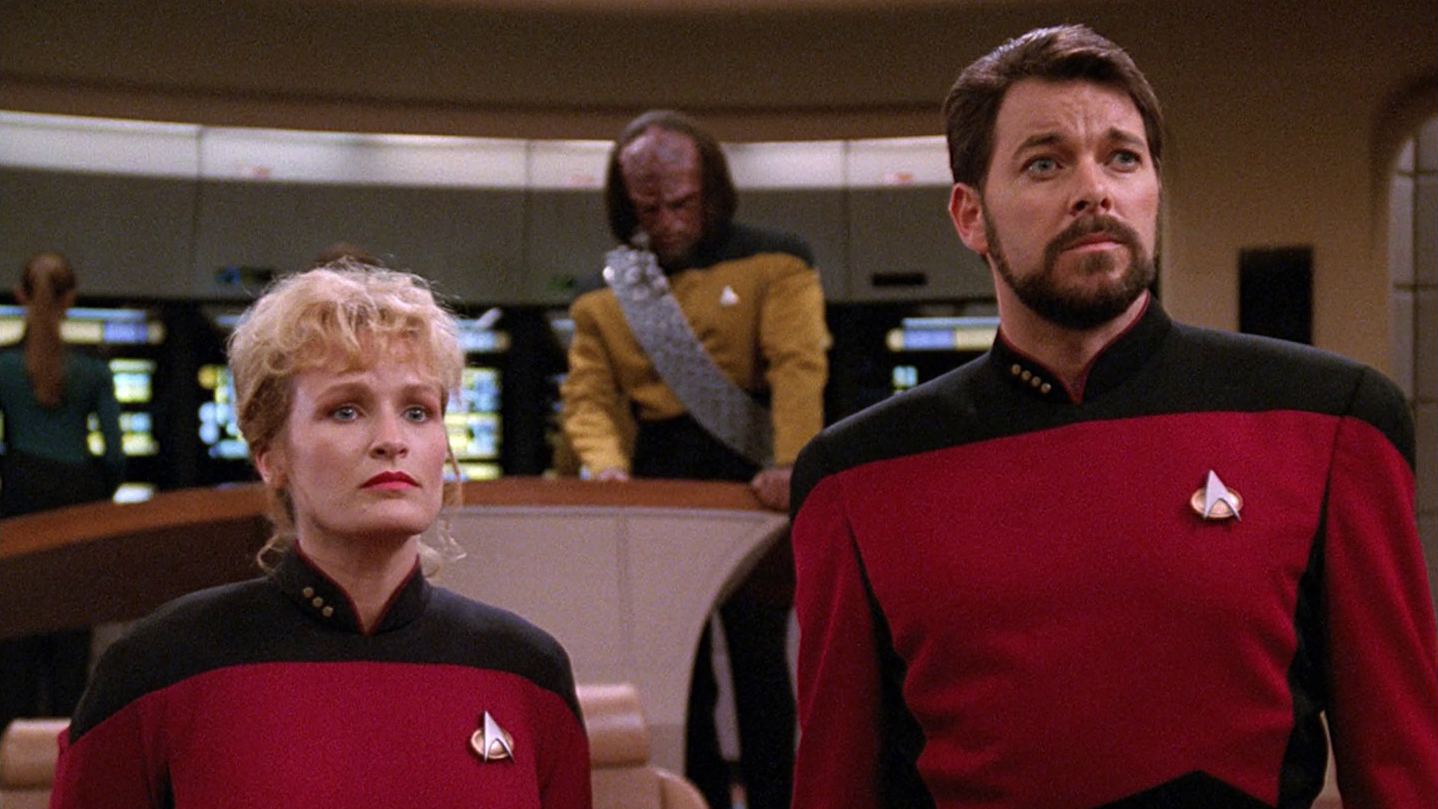Rocky alien worlds may need to be young to support life
The key lies in a rocky exoplanet's ability to maintain heat.

As the search for life in the universe continues, scientists already know it's not enough to find rocky planets in a star's habitable zone, the region where a planet can host liquid water, a requirement for life as we know it.
That's just the starting point. Indeed, other factors, such as nitrogen, may play a role in a planet's habitability, as well as the ratio of land to sea. Now, a team of scientists suggests that one of the key characteristics of a life-supporting, rocky exoplanet is that it must be young — just a few billion years old at most. That's because, to support life, a planet needs enough heat to power a carbon cycle, which is typically created due to the radioactive decay of elements such as uranium and thorium.
"Exoplanets without active degassing are more likely to be cold, snowball planets," lead author Cayman Unterborn, a research scientist at the Southwest Research Institute in Texas, said in a statement. "Younger planets with temperate climates may be the simplest places to look for other Earths."
Related: What makes a planet habitable? Our assumptions may be wrong
That radioactive decay, in turn, causes volcanic degassing — the release of gasses held within a planet into the atmosphere through volcanoes — on the surface of a planet. Degassing contributes carbon dioxide to the atmosphere and continues the carbon cycle. But older planets might have consumed their radioactive resources and thus may not be able to retain their heat, the scientists explained in a new paper.
"We know these radioactive elements are necessary to regulate climate, but we don't know how long these elements can do this, because they decay over time," Unterborn said. "Also, radioactive elements aren't distributed evenly throughout the galaxy, and as planets age, they can run out of heat and degassing will cease."
So how long can an exoplanet sustain radioactive decay? Because the amounts of radioactive elements on each exoplanet can vary, so can these time frames.
Breaking space news, the latest updates on rocket launches, skywatching events and more!
"Under the most pessimistic conditions, we estimate that this critical age is only around 2 billion years old for an Earth-mass planet and reaching 5 [billion] to 6 billion years for higher-mass planets under more optimistic conditions," Unterborn said.
Related: How habitable zones around planets work (infographic)
The trouble is, current technology can't determine what elements exist on an exoplanet. Right now, planetary composition is only inferred by looking at the light from a planet's star, which can indicate what elements might be present in the system as a whole.
But with the James Webb Space Telescope, scientists will be able to determine the composition of exoplanets' atmospheres, thereby revealing more clues as to the exoplanets' ages and, therefore, these worlds' potential ability to be heated by radioactive decay and surface degassing.
The research was published May 3 in The Astrophysical Journal Letters.
Follow Stefanie Waldek on Twitter @StefanieWaldek. Follow us on Twitter @Spacedotcom and on Facebook.
Join our Space Forums to keep talking space on the latest missions, night sky and more! And if you have a news tip, correction or comment, let us know at: community@space.com.

Space.com contributing writer Stefanie Waldek is a self-taught space nerd and aviation geek who is passionate about all things spaceflight and astronomy. With a background in travel and design journalism, as well as a Bachelor of Arts degree from New York University, she specializes in the budding space tourism industry and Earth-based astrotourism. In her free time, you can find her watching rocket launches or looking up at the stars, wondering what is out there. Learn more about her work at www.stefaniewaldek.com.
